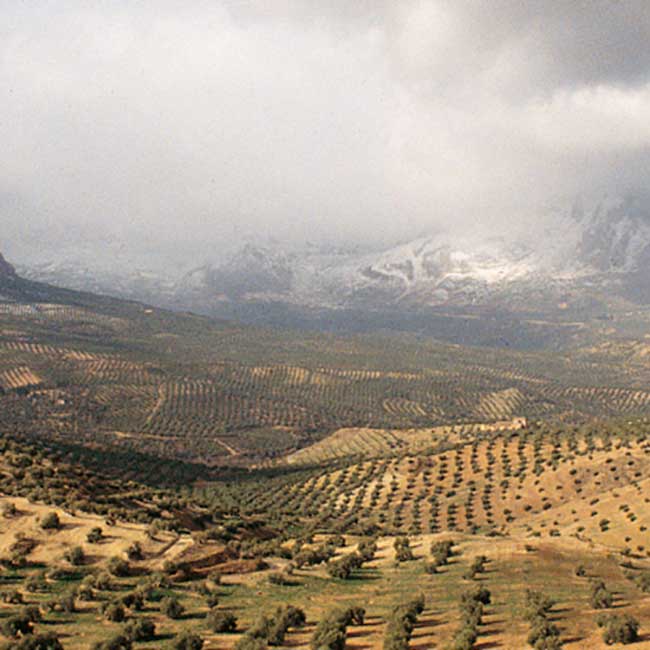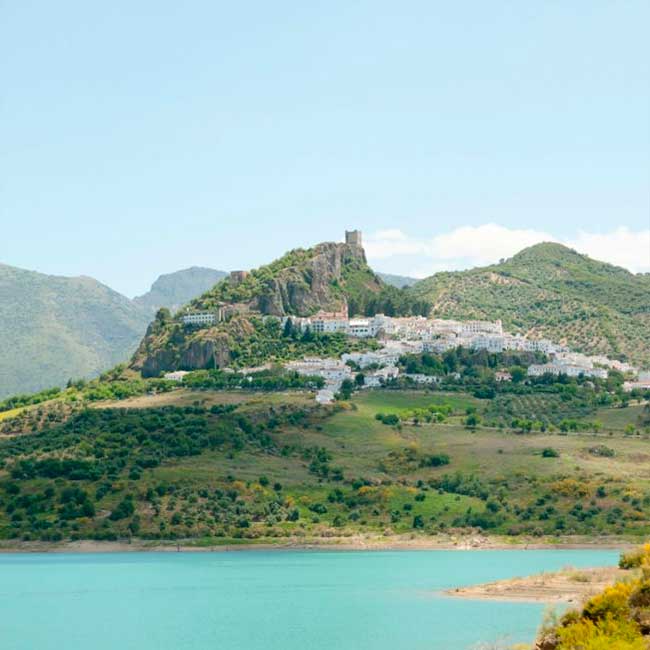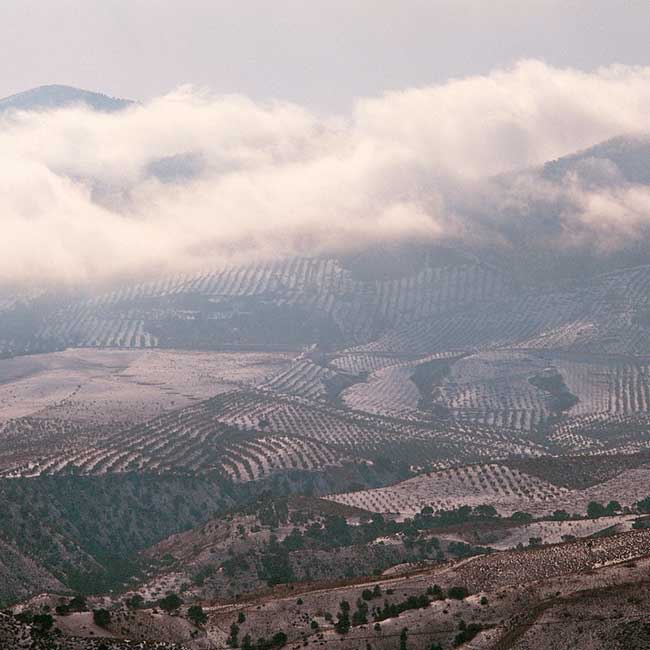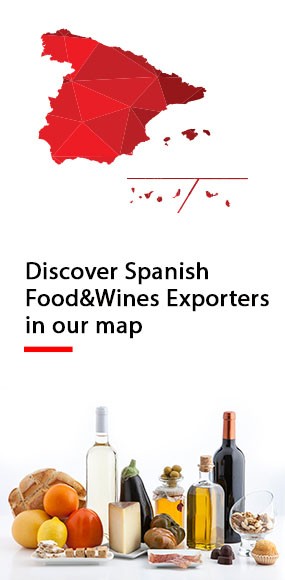.png.transform/rendition-xs/image_image%20(1).png)
Onward and Upward for Spanish Olive Oil
Spanish olive growers and extra-virgin oil producers are adapting to the changes and challenges of the coming century, which may favour higher elevations and tougher varietals.

Growing olives has long been a healthy industry in Spain, but never an absolutely sure thing. From one area, one variety, one harvest to the next, there’s always a chance of this year’s crop yielding less than last in terms of quality or quantity. This element of unpredictability, the vecero factor, is a natural part of the process. And while the meterological near-future is expected to bring its own uncertainties, it may also create opportunities in some corners of the country.
At present, national production tends to be so robust that Spain produces about 50% of the world’s olive oil, with some 80% of that output coming from Andalusia. So, when Andalusia has a good harvest, so does Spain, and the wider world benefits. But even within that one province there are many different growing regions, with their own landscapes and climates, and not all of these are necessarily well suited to the hotter, wetter conditions forecast for the next few decades. A recent joint study by the University of Córdoba and the Geospatial Research Centre of Porto University projected a likely fall in olive production in relatively low-lying areas, while higher, cooler parts of Andalusia, like Almería and Granada, might actually see an increase.
Picual and Verdial varieties, best positioned

Their Species Distribution Model generally showed that greater levels of rainfall and soil moisture would reduce the territory available for cultivation of certain local olive varieties, but also that particular types – the Picual and the Verdial – were best positioned to survive and even flourish. Those hardy olives are known to be especially resilient and adaptable, and may help open up new areas previously considered too rugged, steep, or chilly for efficient farming.
As it happens, many mountain groves and mills are already in the business of producing DOP-status extra-virgin olive oil on high ground. Prime examples include Sierra del Segura and Sierra Mágina of Jaén province, Gata-Hurdes of Extremadura, and multiple oils from the Sierra de Cádiz. Popular premium brand Altitud 1080 makes a virtue and selling point of drawing olives from some of the uppermost groves of Andalusia, the elevation itself giving rise to a freshness that consumers can actually smell and taste in the product.
That aroma, that flavour, are rooted in CoQ10, tocopherols, and phenolic compounds found at higher altitudes and colder temperatures, explains Altitud 1080 spokesman Antonio Pérez Navarro. Those conditions make particular demands of the farmers, shortening the growth cycle, and limiting the time available to harvest. “Each tree is meticulously observed before pruning, to develop only the most rigorous stems.” The advantage, he says, is the elimination of harmful pests and insects, and near total absence of “growth stress” on the relatively few fruits produced. The Picual and Royal olives made into their oil are therefore of “extraordinary quality”.
The olive tree’s resistance

Alfonso Fernández of the gourmet store and online information resource Sabor de España, is one of Spain’s leading experts on olive oil. Himself the product of five generations of olive farmers, Fernández confirms that “higher altitude groves, as a general rule, produce higher quality olive oil”, though he’s also very attuned to the nuances of the trade, and quick to point out that there are many other factors at play. “Water availability, climate, type of soil, variety … ”
Given that the planet’s olive-growing sweet-spots are found between 18 and 45º, “let's say from Algeria or Libya to Bordeaux”, he also suggests that latitude may come to affect the business at least as much as altitude. For now, olives are less likely to be a worry for farmers than a comparatively secure source of income, and their domain has been gradually spreading across areas of countryside formerly reserved for cereals, tomatoes, or oranges.
The olive tree, says Fernández, “is a rustic and resistant plant in general”, and science is still catching up with their natural capacity to withstand sun damage and soil refraction by way of biostimulants inherent in their genetic makeup. But Picual can be especially generous when conditions are right, and Spain already produces more oil from that varietal than Greece and Italy combined. Taste-wise, that oil has an “intense greenery that refreshes and enhances any dish”, while the Verdial is “more subtle”, but Fernández cannot mention either without moving on to the versatile, nuanced and aromatic Hojiblanca, or the Arbequina, with its “notes of banana, apple, and grass that have attracted so many to the world of extra-virgin olive oil … ”
His point being that farmers are ever more aware of the environmental, ecological, and biodynamic context in which olives grow well, and this will have more bearing on their future prospects than simply moving to higher ground or relying on particular types. Whatever the the future holds, the focus should be on preserving Spanish olives and oils in all their variety.
“Each one is a spice in our recipes. Keep in mind that the fruits are treated well and the extraction process is good, the gift we can obtain is magnificent.”
Text: Stephen Phelan

